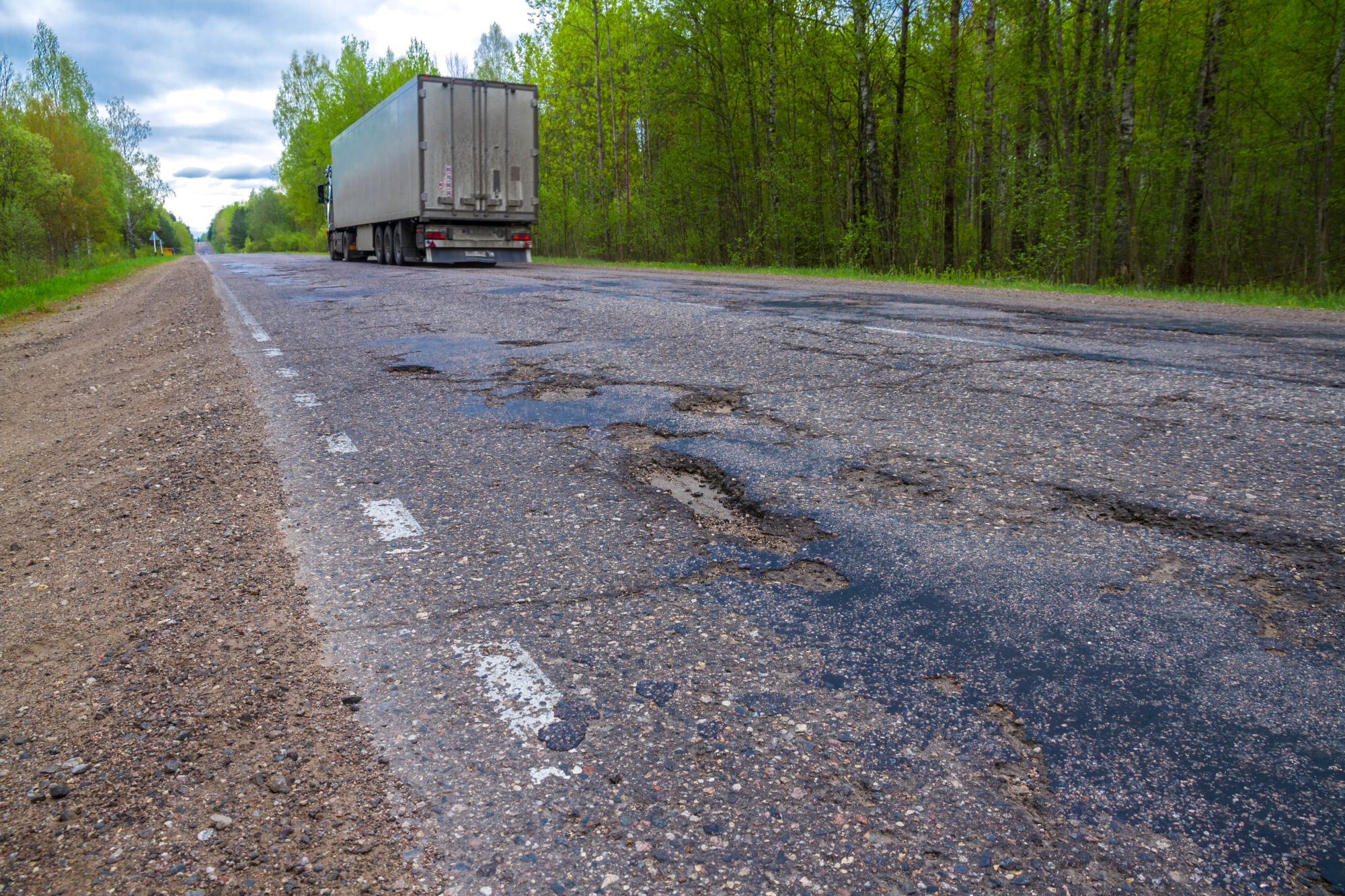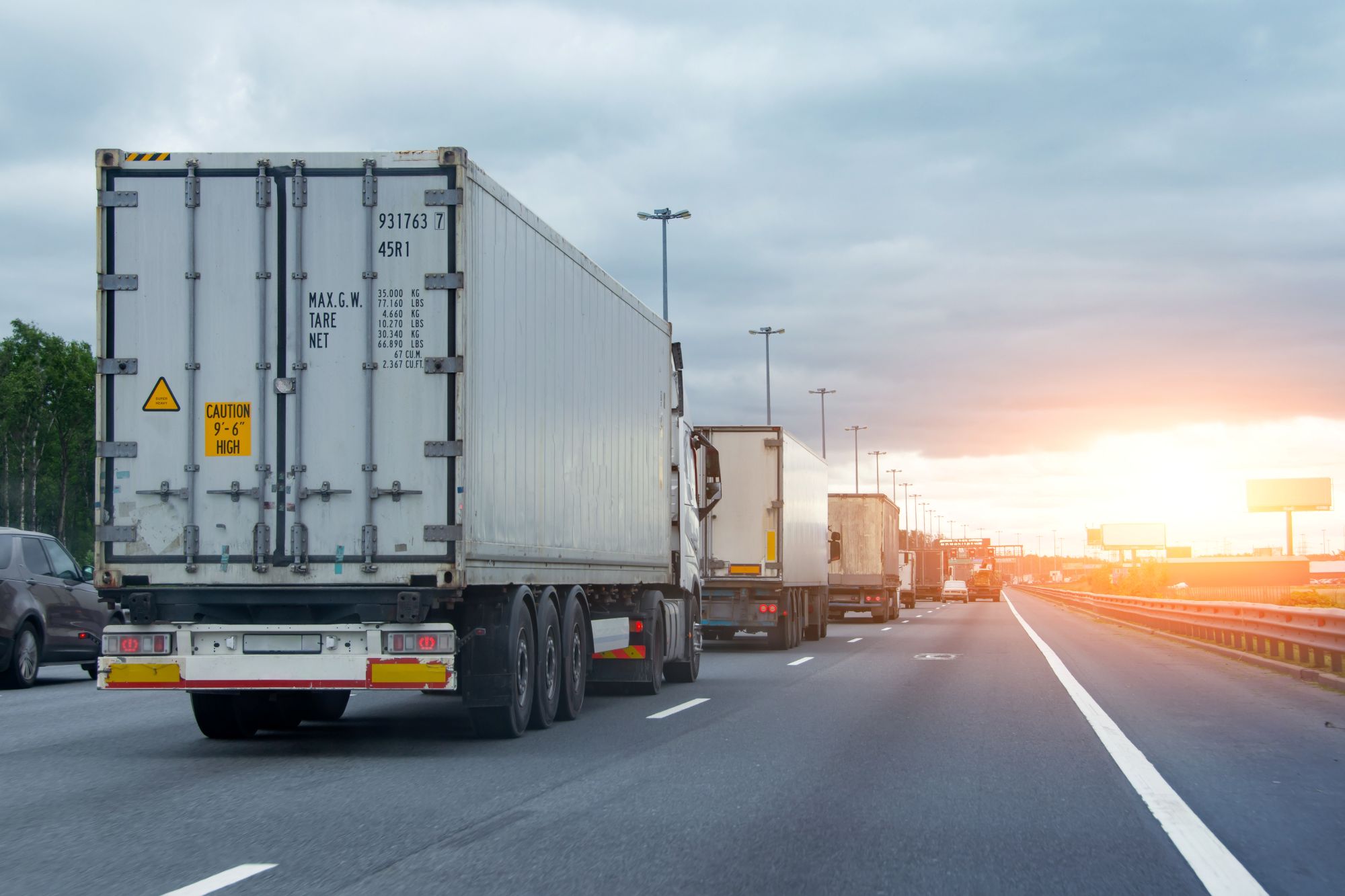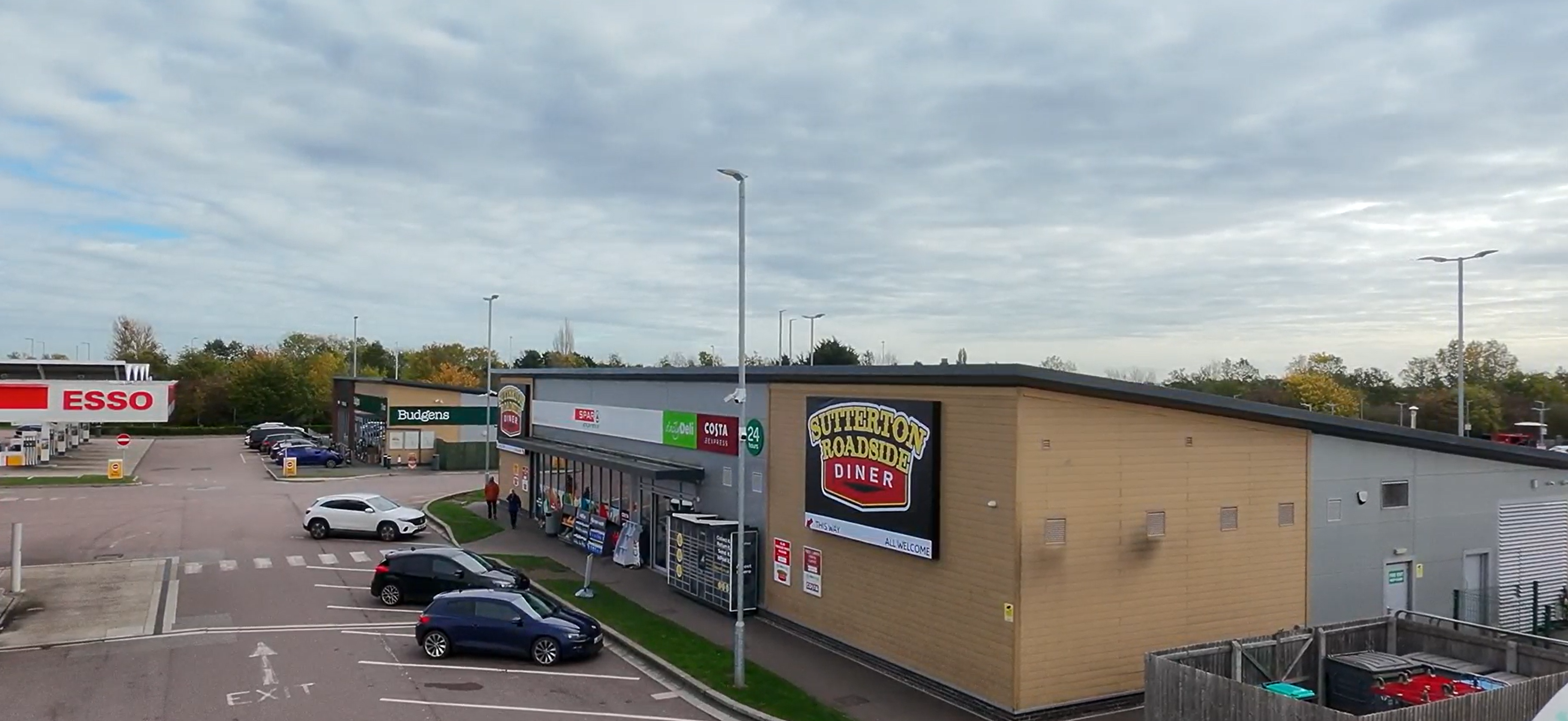
Guest
Как финансирование инфраструктуры Великобритании может повлиять на индустрию мобильности
Создано: 02.07.2025
•
Обновлено: 03.07.2025
После нескольких лет неравномерных инвестиций и растущих заторов правительство Великобритании обязалось выделить более 700 миллиардов фунтов стерлингов на развитие инфраструктуры в течение следующего десятилетия - большая часть этих средств предназначена для дорог страны. От новых грузовых коридоров до передовых цифровых систем управления дорожным движением - влияние 10-летней стратегии развития инфраструктуры на водителей коммерческих автомобилей и всю индустрию мобильности может стать преобразующим.
Дороги достигают предела
Дороги - лишь одна из составляющих транспортного комплекса Великобритании, но по ним перевозится подавляющее большинство грузов. По данным правительства [https://assets.publishing.service.gov.uk/media/67dd4f03c6194abe97358bf6/dft-investment-management-srn-25-26.pdf#:~:text=create%20jobs%20and%20housing%20and,at%20the%20end%20of%20March], 81 % внутренних грузоперевозок и 75 % импорта и экспорта осуществляются по дорогам, что делает их основой логистики и экономики Великобритании.
Несмотря на то, что по протяженности дорожная сеть Великобритании составляет чуть более двух процентов, по [Стратегической дорожной сети (СДС)] (https://https://nationalhighways.co.uk/media/u4apnjvk/nh-srn-simplified-map-2023.pdf) осуществляется 34% всех автомобильных поездок, включая многие из наиболее чувствительных к времени и интенсивности грузовых маршрутов. Для водителей, пользующихся ими, их состояние и пропускная способность напрямую влияют на безопасность, эффективность и производительность доставки.
Однако данные Индекса состояния дорог (RCI) показывают, что около 24 500 миль - более чем одна из каждых 10 миль - сети дорог в Англии и Уэльсе, вероятно, потребуют обслуживания в ближайшие 12 месяцев.
Ряд недавних аварийных закрытий мостов еще больше показал, насколько уязвимой стала сеть. В некоторых районах треснувшие опорные конструкции и бетон, пролежавший десятилетия, создали опасные условия для всех участников дорожного движения - особенно для грузовых автомобилей, которые часто первыми сталкиваются с ограничениями по весу или вынужденным изменением маршрута.
В ответ на это правительство создало новый фонд в размере 1 миллиарда фунтов стерлингов для ремонта и восстановления разрушающихся мостов, переходов и эстакад в рамках своей инфраструктурной стратегии. Это долгожданный шаг - и он отражает растущее давление со стороны отрасли. Для профессиональных водителей это может означать сокращение количества объездов, уменьшение внезапных ограничений и сокращение потерь времени из-за инфраструктуры, которая не приспособлена для современной логистики.
Но безопасность - это не только предотвращение катастрофических отказов. Речь также идет о долгосрочной устойчивости - обеспечении надлежащего обслуживания дорог, мостов и проезжих частей до того, как они станут представлять опасность. Такое повышенное внимание к техническому обслуживанию сигнализирует о том, что содержание дорог, наконец, начнет соответствовать масштабам, размерам и скорости транспортных средств, которые от них зависят.

Проблема выбоин
В то время как громкие проекты занимают центральное место в новостях, именно повседневное состояние дорожного покрытия оказывает наибольшее влияние на водителей. Для тех, кто занимается грузоперевозками, выбоины - это не просто неприятность, а постоянная угроза безопасности и дорогостоящее бремя.
Постоянное воздействие неровных поверхностей увеличивает износ грузовых автомобилей, повреждает шины и подвеску и способствует усталости водителя. В некоторых случаях из-за повреждений, вызванных выбоинами, транспортные средства были вынуждены покидать дорогу для проведения срочного ремонта, что нарушало доставку и влияло на соглашения об уровне обслуживания.
Для водителей риски носят личный характер. Попытки объехать выбоины - особенно на узких или оживленных дорогах - могут привести к опасным маневрам. Добавьте сюда плохую погоду, недостаточное освещение или жесткий график доставки, и ставки только возрастут.
В рамках Плана преобразований правительство выделило [ 1,6 млрд фунтов стерлингов] (https://www.gov.uk/government/news/pm-tells-councils-to-prove-action-on-pothole-plague-to-unlock-extra-cash-and-reveals-48bn-for-major-roads) на обновление местной инфраструктуры, включая выбоины, трещины и изношенность проезжей части. Цель - привести дороги в соответствие с более безопасными и надежными стандартами, особенно на маршрутах с интенсивным движением грузового транспорта.
Это не решит проблему в одночасье, но знаменует собой смену приоритетов - признание того, что благополучие водителя начинается с основ, и что безопасная и комфортная поездка зависит от хорошо поддерживаемых дорог.
Для автопарков это означает уменьшение количества незапланированных ремонтов, снижение страховых выплат и простоев водителей. Для водителей это означает меньше толчков, меньше стресса и меньше забот во время долгой смены.
Надежная сеть
Благополучие водителей находится в центре внимания современных транспортных разговоров. Длинные часы работы, задержки в расписании и неадекватные условия эксплуатации накладывают свой отпечаток. Но последние планы правительства дают надежду на создание более безопасной и удобной транспортной сети.
По всей Великобритании водительские объекты с трудом справляются с потребностями. Парковки часто ограничены, услуги предоставляются с натяжкой, а многие зоны отдыха не отвечают требованиям комфорта и безопасности - особенно для дальних рейсов. Именно поэтому правительство также улучшает условия вождения: более безопасные парковки, лучшие бытовые условия и реформы планирования, чтобы ускорить развитие новых площадок.
В то же время ускоряются инвестиции в зарядные и заправочные станции для электрических и водородных грузовиков. Например, компания Moto обязалась установить более 300 электрических зарядных устройств для грузовых автомобилей в 23 местах на автомагистралях, а автостанция Ashford Truckstop превращается в крупный зарядный центр для грузоперевозок через Канал. Эти объекты не просто обеспечивают движение транспортных средств - они предоставляют водителям безопасные, хорошо оборудованные места для отдыха и подзарядки.
Если ваши водители ищут безопасное место для остановки, наше приложение intruck позволяет им находить и бронировать места для отдыха по всей Великобритании и Европе. Узнать больше и скачать его можно здесь

Цена перегруженности дорог
Пробки, непредсказуемые маршруты и необходимость уложиться в сроки доставки способствуют стрессу и усталости водителей, а также делают дороги более опасным местом.
Такие крупные инфраструктурные проекты, как строительство переправы через Нижнюю Темзу, дублирование A66 и модернизация M60 Simister Island, призваны сократить количество заторов и снизить риск аварий в некоторых из самых известных узких мест в Великобритании.
Кроме того, продолжается внедрение цифровых инструментов, обеспечивающих более безопасные и плавные поездки. Оповещения о дорожной ситуации в режиме реального времени, интеллектуальные системы обнаружения и более эффективное управление движением помогут руководителям автопарков и водителям быстро реагировать на сбои и изменять маршрут при необходимости.
[Программа "Цифровые дороги" (https://nationalhighways.co.uk/our-work/digital-data-and-technology/digital-roads/) уже закладывает основу для создания "умной" инфраструктуры, которая позволяет раньше обнаруживать опасности, более разумно управлять транспортными потоками и передавать более четкие обновления в режиме реального времени.
Что это значит для мобильности?
Шаг вперед для мобильности и благосостояния водителей. Скоординированные национальные усилия по решению проблемы отставания инфраструктуры Великобритании и модернизации дорог таким образом, чтобы это было выгодно водителям, которые больше всего на них полагаются.
Настоящим испытанием станет реализация. Для того чтобы превратить финансирование в ощутимые улучшения, необходимо прислушиваться к мнению водителей, учиться на собственном опыте и оценивать успех по тому, как чувствуют себя дороги, а не только по тому, сколько они стоят.
"Эта новая волна инвестиций направлена не только на сокращение времени в пути", - говорит Стюарт Уиллеттс, менеджер по развитию бизнеса SNAP в Великобритании. "Речь идет о создании транспортной сети, способствующей благополучию водителей, повышению эффективности работы и переходу к чистой мобильности. Нам не терпится увидеть результаты".
Хотите узнать, как развивается мобильность там, где вы находитесь?
Воспользуйтесь картой SNAP для поиска услуг и решений рядом с вами - независимо от того, на какой дороге вы находитесь.



